Dinner
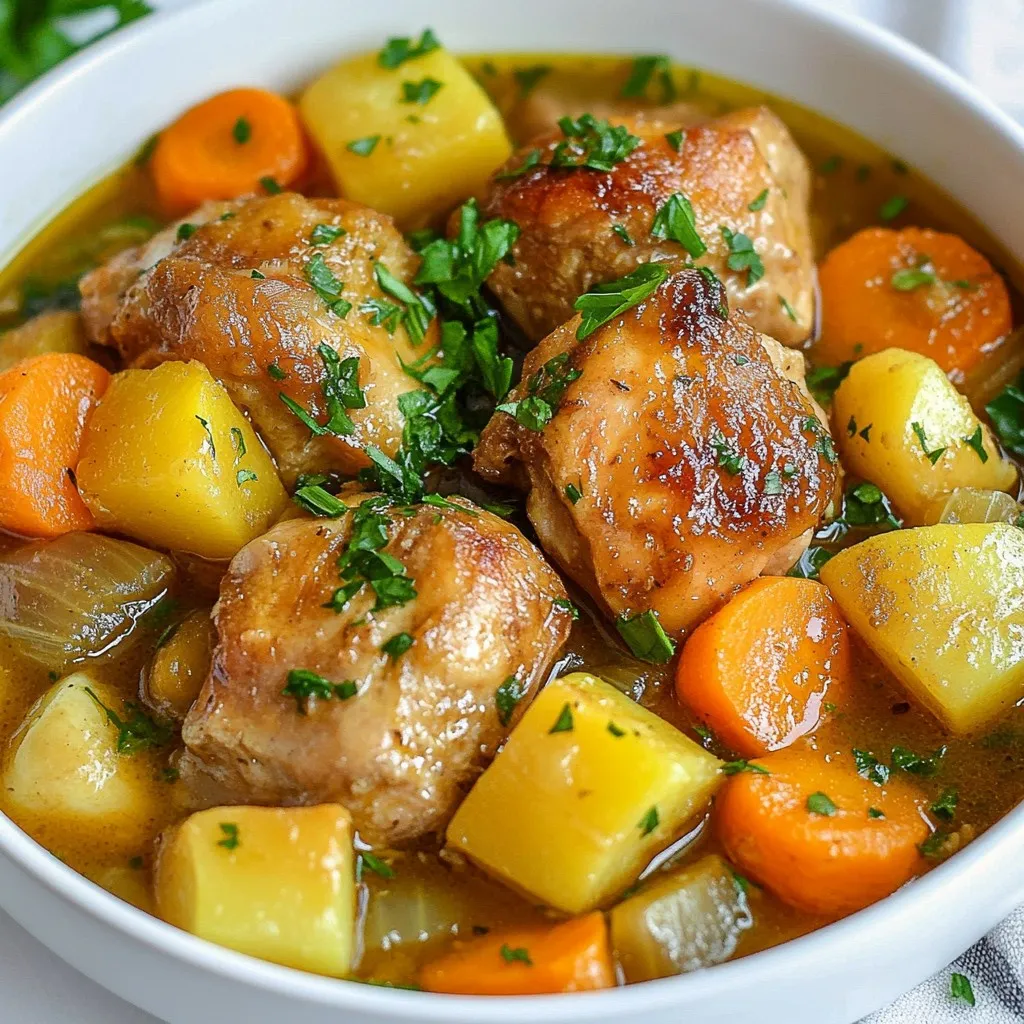
Crockpot Cozy Fall Chicken Stew Hearty and Comforting
As the leaves turn and the air gets crisp, there’s nothing quite like a warm bowl of Crockpot Cozy Fall Chicken Stew. This hearty dish
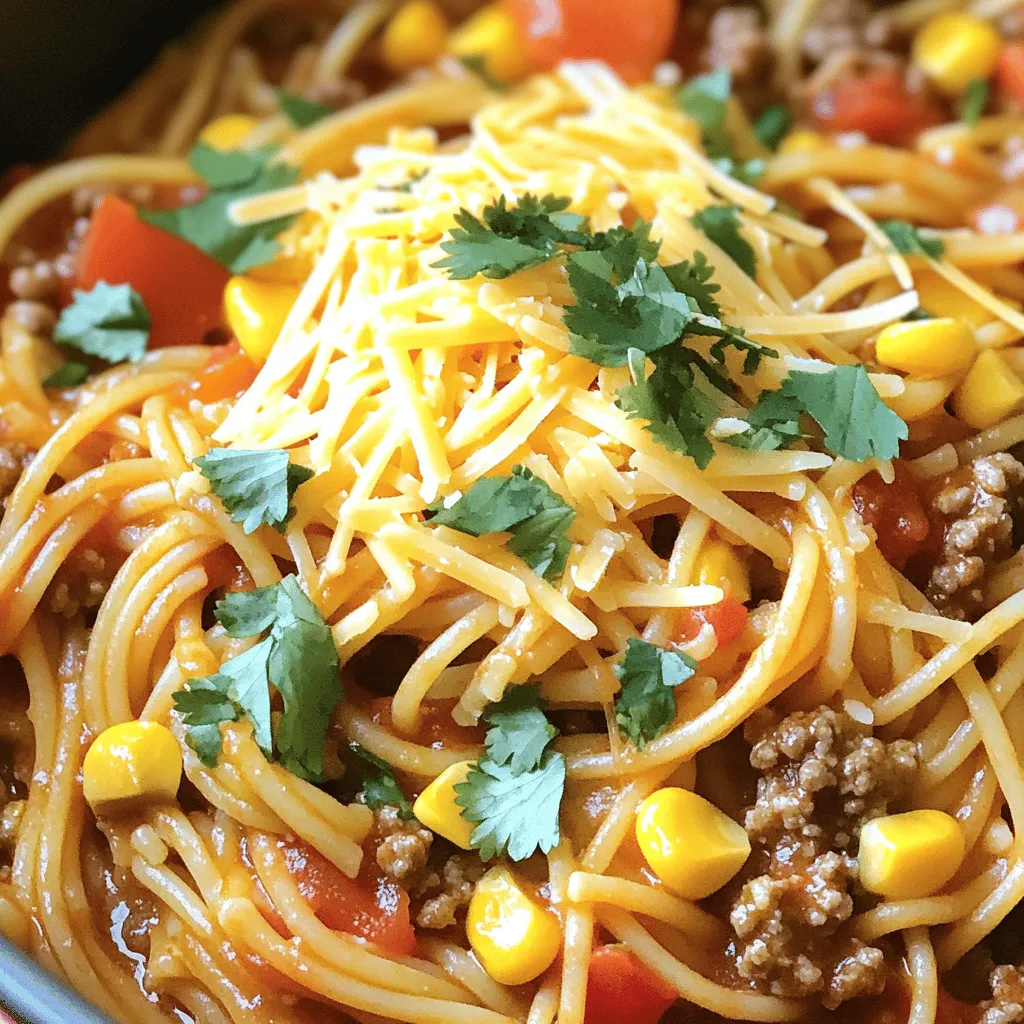
One-Pot Cowboy Spaghetti Easy and Flavorful Meal
Craving a hearty, easy meal? Look no further! One-Pot Cowboy Spaghetti is packed with flavor and can be made in just one pot. With simple

Pumpkin Cream Cheese Swirl Muffins Delightful Recipe
Welcome to your new favorite fall treat! This Pumpkin Cream Cheese Swirl Muffins recipe combines warm spices and creamy goodness for a delicious bite. Imagine
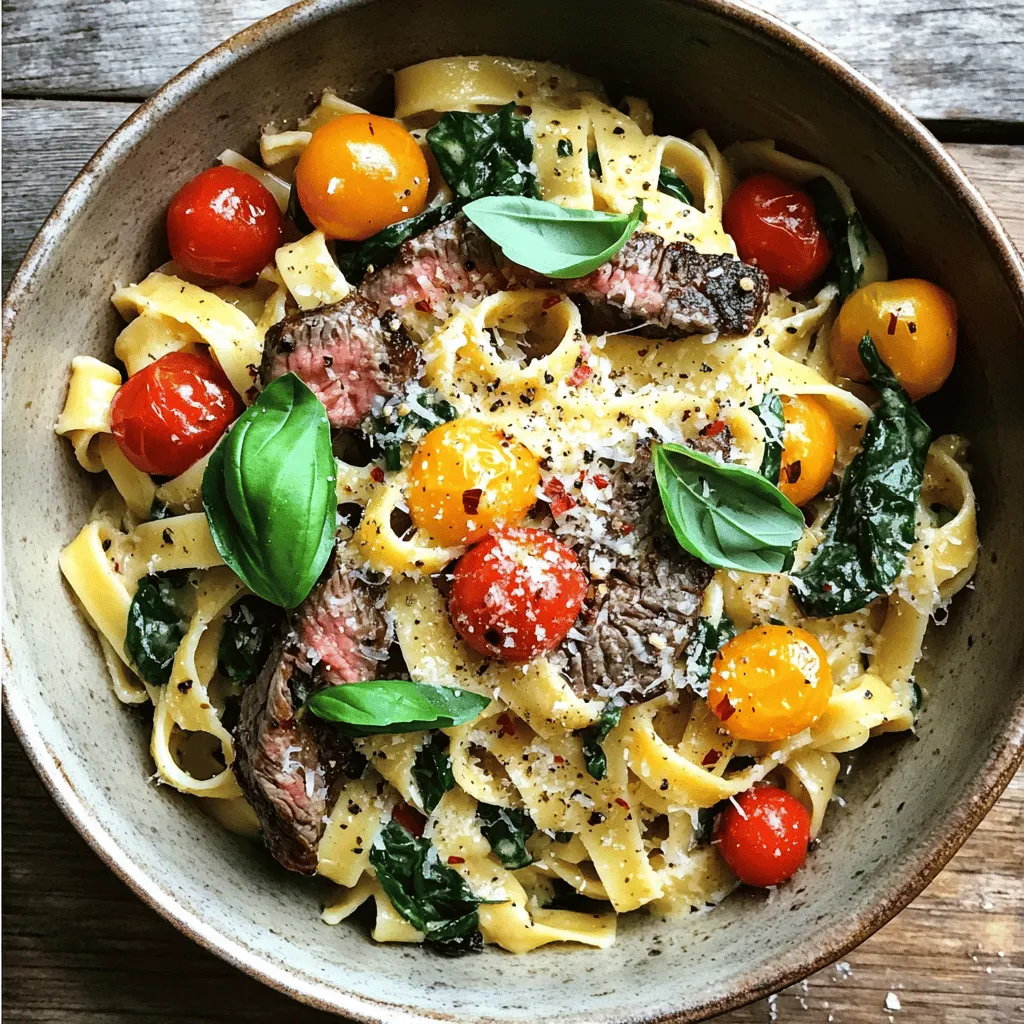
Garlic Steak Pasta Tasty and Simple Weeknight Meal
Looking for a quick and tasty dinner? Garlic Steak Pasta is your solution! This dish combines tender steak, fresh spinach, and rich cream for a

Sweet Pumpkin Sourdough Flavorful and Heartwarming Bread
Looking for a cozy and delicious bread recipe? You’ve found it! Sweet Pumpkin Sourdough combines the warm flavors of pumpkin with the tangy goodness of

One Pot Tuscan Chicken Gnocchi Flavorful Dinner Delight
Looking for a quick and tasty meal? This One Pot Tuscan Chicken Gnocchi is your answer! You’ll make a creamy, flavorful dish using just one

Creamy Marry Me Chicken Soup Irresistible Comfort Food
Cozy up with a bowl of Creamy Marry Me Chicken Soup—comfort food at its finest! This rich and savory dish is not just a meal;

Crockpot Taco Casserole Hearty and Flavorful Meal
Are you craving a hearty meal that’s full of flavor with minimal effort? Look no further! My Crockpot Taco Casserole is your answer. This dish
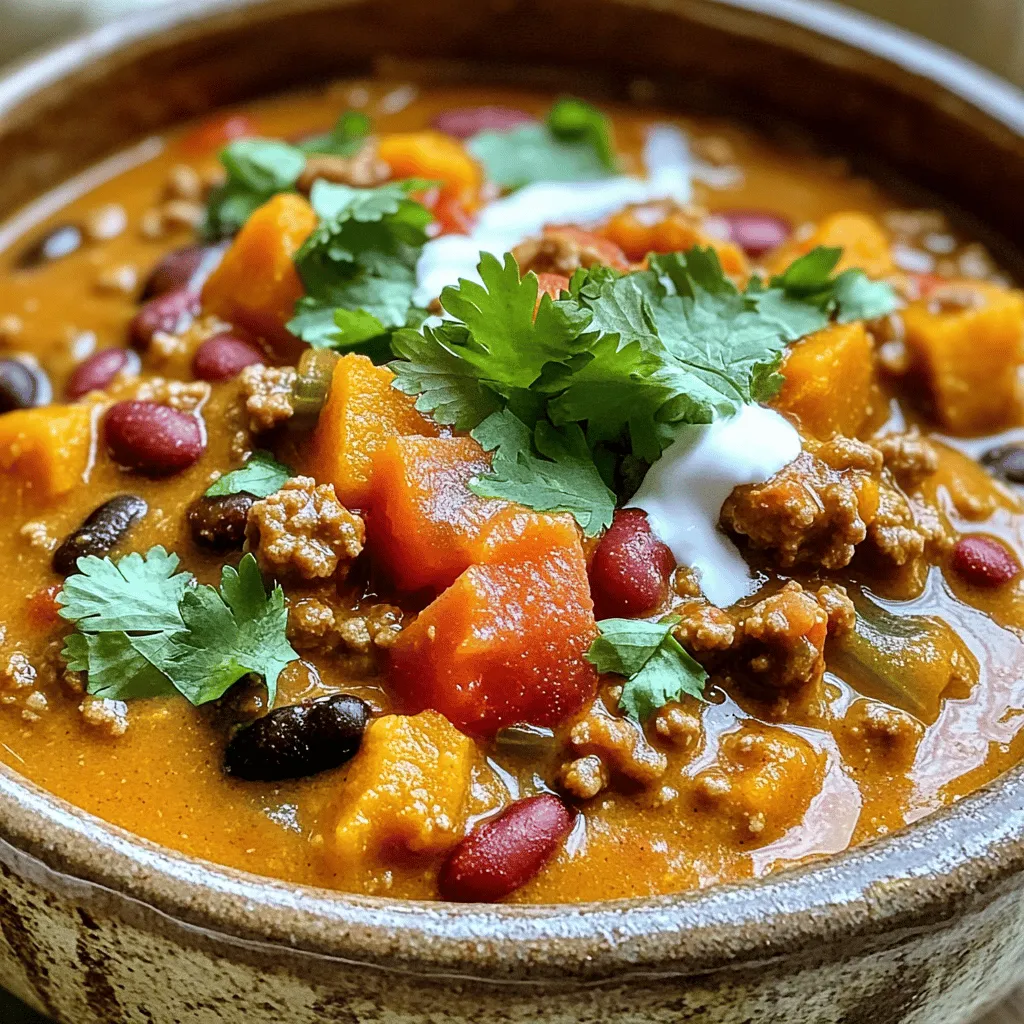
Creamy Turkey Pumpkin Chili Flavorful and Cozy Dish
Welcome to a cozy classic that combines the best of fall flavors: Creamy Turkey Pumpkin Chili! This dish is not only rich and creamy but
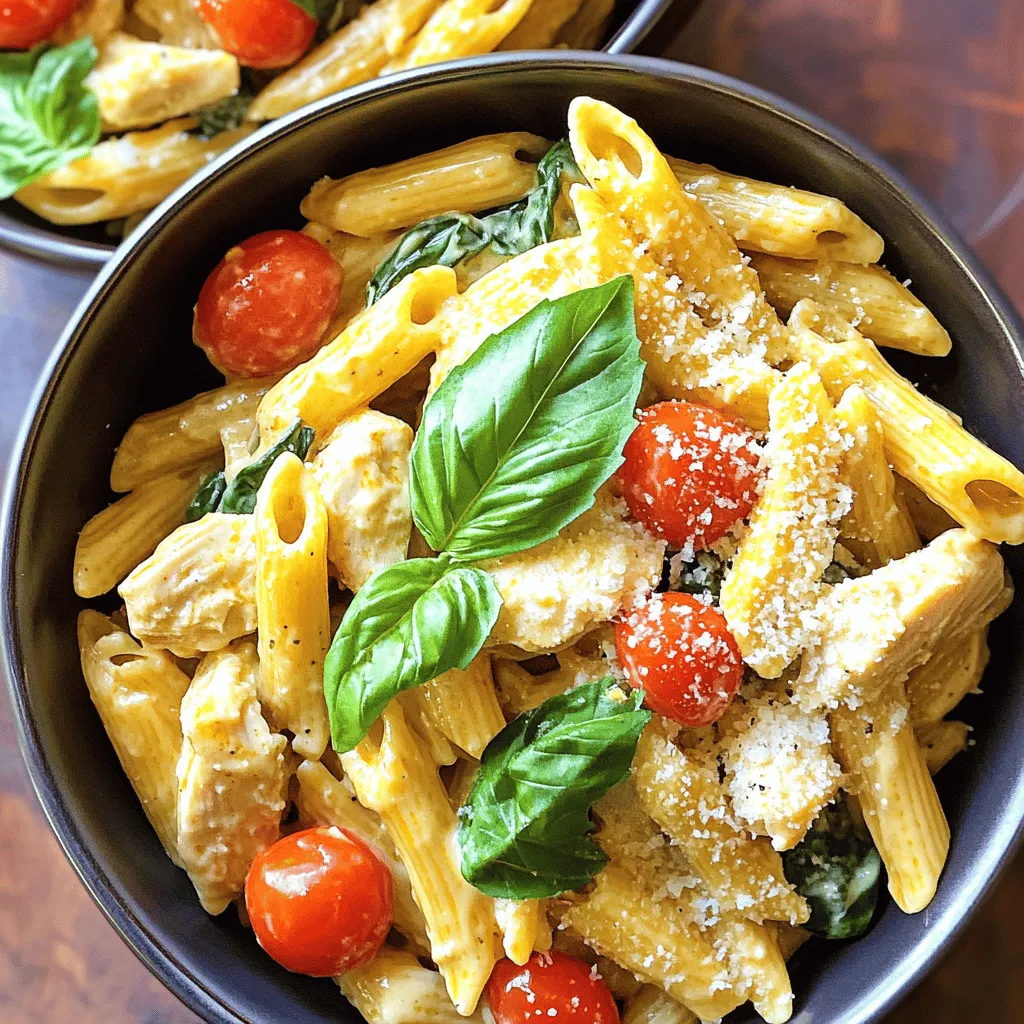
One-Pot Creamy Tuscan Chicken Pasta Simple and Rich
Are you ready for a meal that’s easy and full of flavor? One-Pot Creamy Tuscan Chicken Pasta is here to impress! In this dish, tender